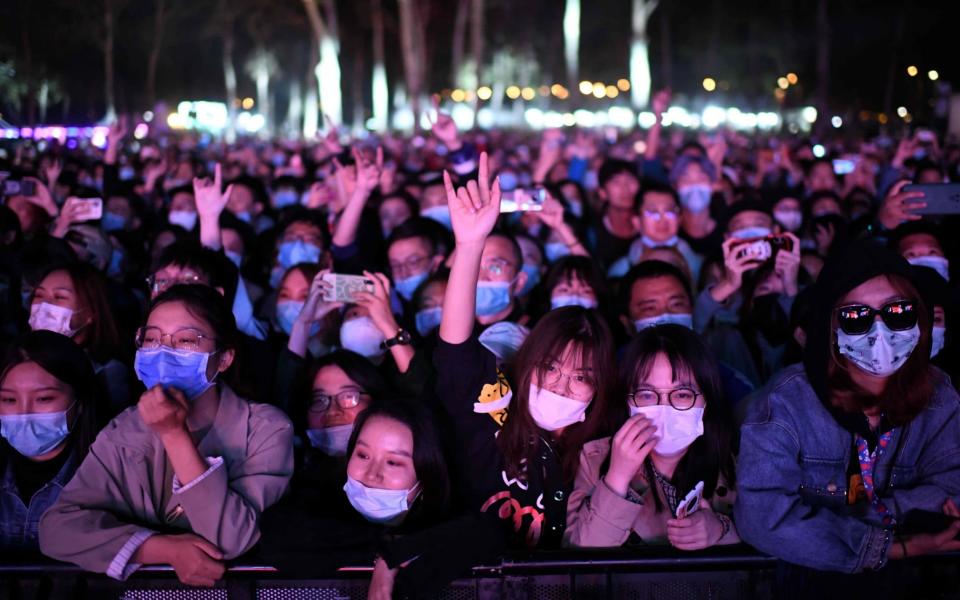China’s economy accelerates ahead of the rest in race to recovery

China’s economy is almost 5pc bigger now than it was a year ago as retail sales and investment returned to growth, and industrial output and exports powered the recovery.
The world’s second-largest economy has become the first major nation to escape the clutches of the pandemic, despite serving as the cradle of the coronavirus.
Official figures from the National Bureau of Statistics of China indicate GDP in the third quarter was 4.9pc higher than it was a year earlier.
It represents an acceleration from growth of 3.2pc in the second quarter.
China imposed strict lockdowns on entire cities at a time in the first quarter of the year, causing GDP to fall by 6.8pc on the year.
But it has rebounded rapidly, with quarter-on-quarter growth of 11.7pc in the second quarter and another 2.7pc in the third quarter.
September’s industrial output was up 6.9pc year on year, with retail sales up 3.3pc and exports up 10pc.
“Although Chinese data have to be treated with caution, more reliable data such as those on Western exports to China paint a positive picture: despite some serious long-term problems, China seems to be the only major economy whose GDP apparently exceeds its pre-pandemic level already,” said economist Holger Schmieding at Berenberg Bank.
The latest forecasts from the International Monetary Fund indicate China will be the only major economy to grow in 2020.
Its analysts expect GDP to grow by 1.9pc this year, compared to a fall of 4.4pc across the world as a whole, including drops of 4.3pc for the US, 8.3pc for the eurozone and 9.8pc in the UK.
Strong industrial output “shows that China is working hard on technology”, said economist Iris Pang at ING.
“Most of the [industrial] growth was in technology-related industries. Industrial robots grew 51.4pc year-on-year.”
A 2021 estimate from the IMF puts China’s growth at 8.2pc, far outstripping Spain, which is on track for 2020’s sharpest contraction.
But Miguel Chanco at Pantheon Macroeconomics said the official Chinese statistics probably overstated the growth rate. He estimated the “true” rate of growth as more like 3pc on the year.
“A full-year GDP contraction in China – in reality – still is on the cards,” he said, warning that disappointing domestic tourism numbers combined with plateauing car production and sliding investment in factories could all hit the recovery.
“Manufacturing investment is likely to come under renewed pressure from the second waves of Covid-19 erupting across most major developed markets. The fiscal support for infrastructure capex, at the same time, is unlikely to be as strong as it was in the initial stages of the China’s post-lockdown rebound, as some of the funds raised from special purpose local government bonds are now being diverted into other non-infrastructure areas.”


